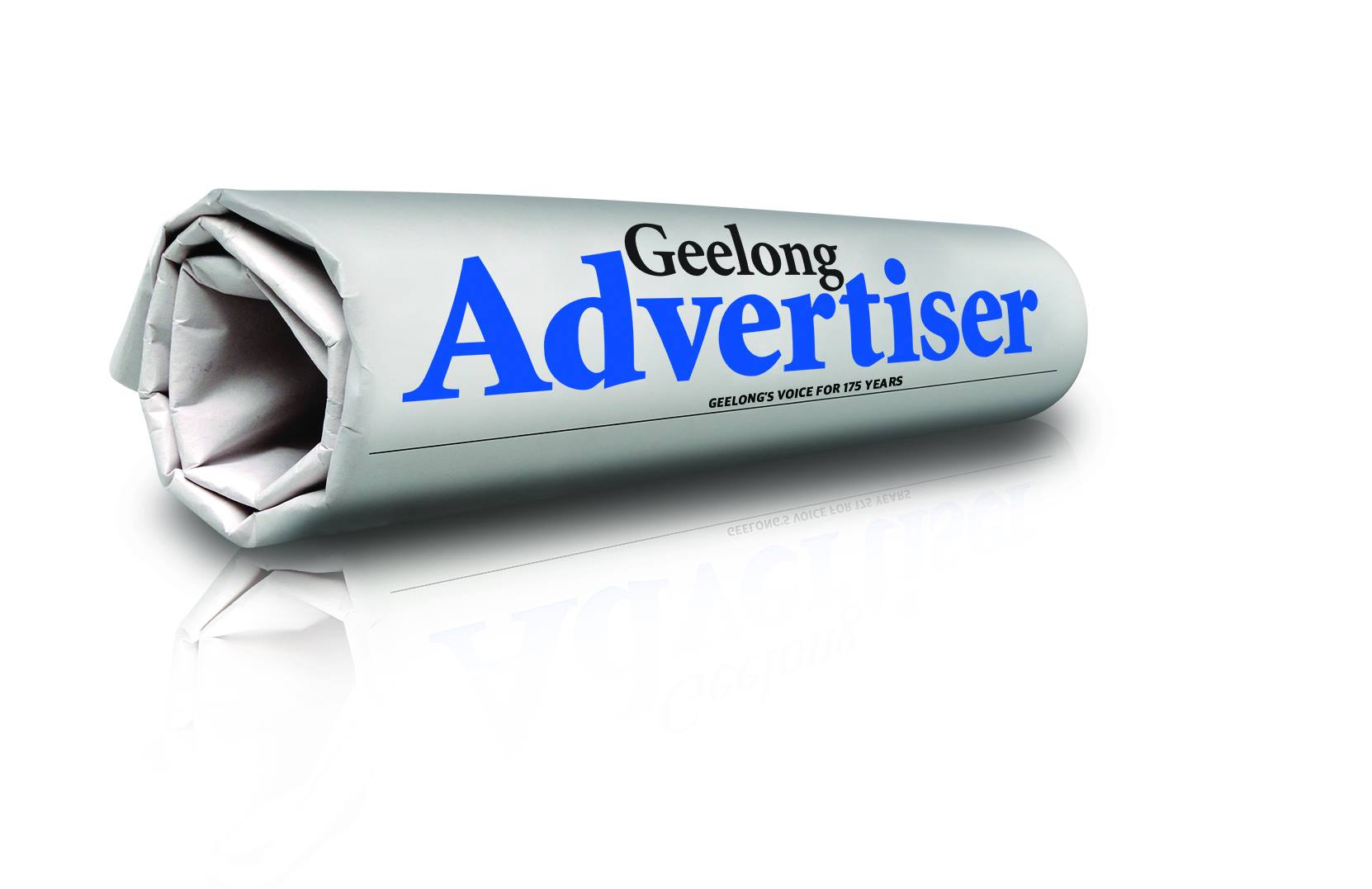

The Geelong Advertiser, a daily newspaper in Australia, created a disturbing front-page image that drew the ire of the national press council. The doctored image blended two pictures — on one side, the head shot of a missing man named Paul Kingsbury, and on the other, the picture of a skull. The result was the graphic image of a man, half real and half skull. The caption asked, “Is it Paul Kingsbury?”
By publishing that photo of Kingsbury and a skull, the Geelong Advertiser broke press standards and offended the mother of Kingsbury’s child. Kingsbury went missing in 2015; the story was prompted by police telling the newspaper about a skull that washed up on the beach. The Geelong Advertiser is a newspaper near Melbourne owned by News Corp. Australia.
The mother of Kingsbury’s child complained to the Australian Press Council over the Feb. 16 front-page story and photo spread. “The left side of the image showed half of a missing man’s face, while the right side of the image was half of a generic human skull, with the two parts digitally altered to form a face,” the press council explained.
The photo accompanied a front-page news story headlined “Skull Clue Twist” with the subheadline, “Revealed: Police suspect grim beach find could be missing man believed murdered.” The photo was also published online, but was deleted after complaints.
iMediaEthics has written to the Geelong Advertiser to ask for a copy of the image in question. The newspaper declined to comment on the ruling.
While the Geelong Advertiser argued that their story was newsworthy and accurate, the press council agreed with the mother of Kingsbury’s child that the image was “likely to cause substantial offence and distress.” On its own, a photo of the man or a photo of the skull would have most likely been acceptable to publish, the press council noted. However, the “graphic blending” crossed the line. Further, the press council noted that the image wasn’t in the public interest.
